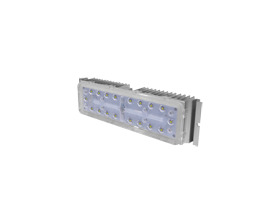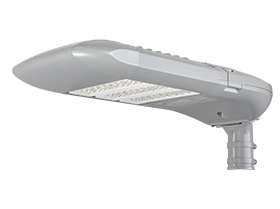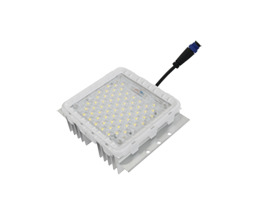Brightening the Runway: The Significance of Airport Flood Lights
In the realm of aviation infrastructure, airport flood lights stand as sentinels of safety and efficiency. These specialized lighting solutions play a pivotal role in ensuring secure takeoffs, landings, and overall operations within the bustling world of airports. In this article, we'll delve into the world of airport flood lights and explore their critical impact on the aviation industry.
Illuminating the Skies: The Essence of Airport Flood Lights
Airport flood lights are high-intensity lighting fixtures specifically designed for airport runways, taxiways, aprons, and other crucial areas. These lights are engineered to provide optimal visibility, aiding pilots during critical phases of flight, especially during low-light conditions or adverse weather.
The Integral Role of Airport Flood Lights
The primary objective of airport flood lights is to ensure precision and safety during aircraft operations. These lights guide pilots during takeoff, landing, and taxiing, allowing them to navigate with confidence and accuracy, even in challenging weather conditions. Visibility is paramount in aviation, and airport flood lights play a pivotal role in maintaining clear visibility during nighttime operations. Their powerful illumination allows pilots to see runways, taxiways, and other critical areas, minimizing the risk of accidents and ensuring smooth operations.
Lighting Configuration: Tailored for Aviation
A significant aspect of airport flood lights is their application on runways. These lights are arranged in precise configurations along the length of the runway, providing guidance to pilots as they approach for landing or accelerate during takeoff. Taxiways, which connect runways to terminals, require a different lighting set up. Airport flood lights placed along taxiways aid pilots in safely maneuvering aircraft to and from the runway and parking areas. The design and installation of airport flood lights adhere to international aviation standards set by organizations like the International Civil Aviation Organization (ICAO). These regulations ensure uniformity in lighting configuration, intensity, and color to facilitate safe and consistent operations across different airports worldwide.
Night-time and Adverse Weather Operations
During nighttime operations, airport flood lights are indispensable. They enable pilots to accurately align their aircraft with runways, providing essential visual cues for safe landings and takeoffs. In adverse weather conditions such as heavy rain, fog, or snow, airport flood lights play a critical role in maintaining visibility. Their intense illumination helps pilots navigate the runway and taxiways, minimizing the impact of reduced visibility due to weather.
The aviation industry's reliance on precision, safety, and efficiency extends to every aspect of airport operations, including lighting. Airport flood lights emerge as the unsung heroes, guiding pilots through critical phases of flight and ensuring safe operations during the darkest hours. As technology continues to advance, the evolution of these lights remains closely tied to the goal of achieving optimal safety, efficiency, and reliability in the aviation landscape.
 English
English  中文
中文
 日本語
日本語
 Deutsch
Deutsch
 Türkçe
Türkçe



